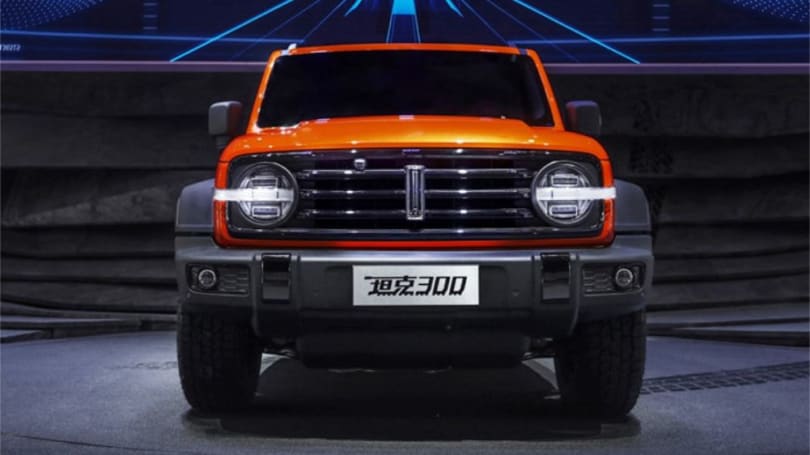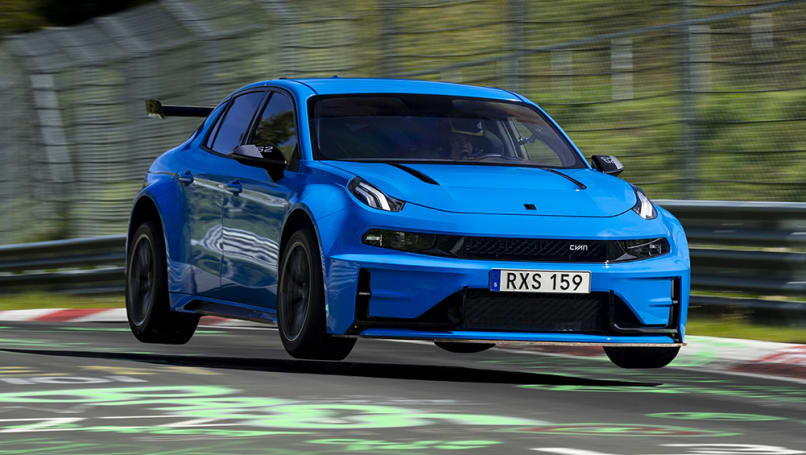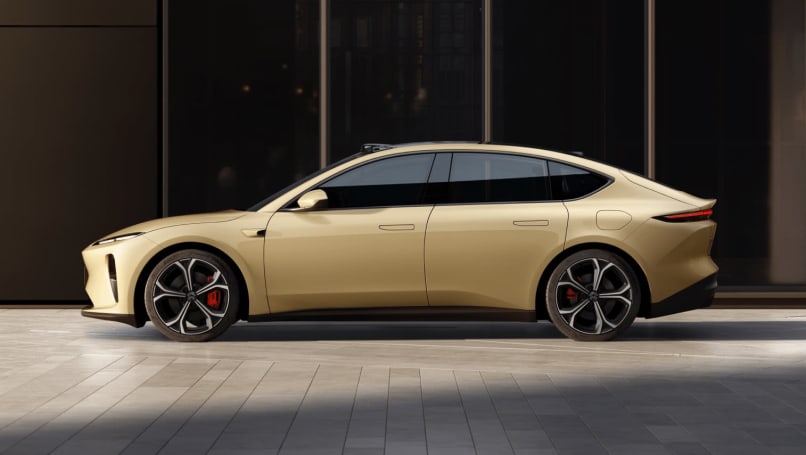
2025 BYD Shark 6 sales scrutinised as rival Kia Tasman ute and plug-in hybrid Ford Ranger PHEV and GWM Cannon Alpha launches loom
BYD Shark 6 fever has well and truly swept over the country, but is it all as...
Browse over 9,000 car reviews

“Uh oh, here we go.”
As sure as the sunrise, as reliable as the tides, every time a post is made about a Chinese car there’s a certain kind of response.
“Chinese cars are low quality”. “Buying a Chinese car funds an oppressive regime”. “This is just a cheap copy of [insert non-Chinese car here]”. “How much did [Chinese car brand] pay for this post?” et cetera. Sprinkle a big dose of laugh reacts on top as well.
We get it. You’re not a fan of cars from that part of the world.
Chinese cars are magnets for online invective, but honestly, everyone needs to take a big step back and chill out. The anti-Chinese hysteria is akin to Western fears about the rising dominance of Japanese cars back in the 1960s and 70s, but does the general public still have that irrational hatred of Japanese automobiles in this day and age? Did Japan successfully defeat every other car-making nation through their prolific production of well-engineered and affordable cars? No, and despite the country’s considerable industrial power, China isn’t going to do it either.
But what is going to happen is that after decades of being confined to the borders of the Middle Kingdom churning out cheapo cars, vans, utes and trucks for domestic consumption, Chinese car brands are rapidly going to assert themselves across the rest of the planet. And, looking at how Chinese cars exported to Australia have evolved over just the past five years, those Chinese automakers are probably going to enjoy a fair degree of success in their global expansion.
And the Chinese brand's make no secret of the fact that as a mature market that is close to home, Australia is used as a testbed for success, with the blueprint developed here to be used to conquer other, larger markets like the US.
With China’s industrial might and close control of its resources, the country has the ability to crank out cars by the million at prices other manufacturers can scarcely hope to equal in this day and age. It’s a commercial advantage that has seen Chinese brands like MG and Great Wall Motors (GWM) able to slide in at the bottom end of the market with a range of budget-friendly options, at a time when other automakers have been vacating those entry-level segments as profit margins prove too thin to be sustainable. But beyond just pushing out cheap products, Chinese carmakers are also fast becoming adept at manufacturing good products.
Through technology sharing arrangements prompted by Chinese government rules around industrial participation (essentially, any foreign company wanting to manufacture cars in China for the domestic market had to form a joint-venture with a Chinese manufacturer and agree to share their technological know-how), China’s automakers were able to quickly learn lessons about how to build cars to a global standard.
While current-generation products still lag a little behind European and Japanese rivals for things like interface design, suspension tuning and drivetrain calibration; build quality and in-car technology have improved at a ferocious pace. Even their designs are becoming more sophisticated.

Whereas older-gen Chinese cars were arguably a mish-mash of design cues from other marques (witness the MG ZS and its blatant copying of Volkswagen and Mazda cues), newer Chinese cars are finding their own identities. Say what you will about the BYD Atto 3’s byzantine warranty, but it does at least look rather distinctive both inside and out.
And on the subject of the Atto 3, there’s another thing that’s going to help China cement its place in the global car making hierarchy: the country’s substantial power in the world of electric vehicles. China has been making EVs in volume for around 30 years now, starting with electric bikes and scooters and then moving to tiny electric microcars.
None of those microcars made their way to the Western world, and for good reason – with tiny ranges, non-existent safety tech and ultra-compact dimensions, they really only made sense in Chinese megacities as basic transport. However, the experience of making those kinds of EVs fed into China’s now-booming EV car sector and, in particular, its battery manufacturing industry.
That battery industry is what’s going to give China a sizable slice of the world’s car sales. At a time when other car-making countries are struggling to secure enough cells for their own industries, China has a much more open supply line on lithium-ion batteries.

In fact, the aforementioned BYD controls its own battery supply chain, which, like Tesla, gives it a certain amount of power when it comes to constraining production costs. BYD is currently the world’s fourth-biggest EV manufacturer (according to calendar year 2021 sales), but with its ability to sell electric cars at the more affordable end of the spectrum thanks to vertical integration, a higher position on that particular totem wouldn’t seem unreasonable for the likes of BYD. China certainly plays a strategic game well.
But does that mean Chinese cars will dominate all others in the future? Probably not. What it really means is that the rest of the world will be forced to innovate to either keep up or maintain a lead on the Chinese car industry – to think that all European, American, Korean and Japanese carmakers would take the Chinese challenge lying down is foolish.
And yes, the Chinese government doesn’t exactly enjoy a squeaky-clean reputation right now. You can’t gloss over that, but feel free to impose your own political boycott of Chinese products if that’s the cause of your distaste for their cars.

Chinese companies are taxed at a similar level to Australian companies, so the argument that buying a Chinese-made car indirectly supports the Chinese Communist Party is technically true – just as the notion that buying a Holden Acadia indirectly supported the US occupation of Afghanistan was also technically true.
And yeah, certain Chinese car companies are spending a fair bit of marketing coin on some fairly cringe advertorial 'content' these days, but we Australians are cynics by default and I’d like to think that the smarter ones among us can tell when they’re being spoon-fed a marketing talking point versus proper objective reporting.
However, just try and keep a level head the next time you see some positive coverage about a Chinese car online. Before you blast out a spicy comment in response, perhaps consider that the increase in Chinese car content might just be because these kinds of rigs are not only becoming more popular among your countrymen, but are also becoming decent cars in their own right.
Comments